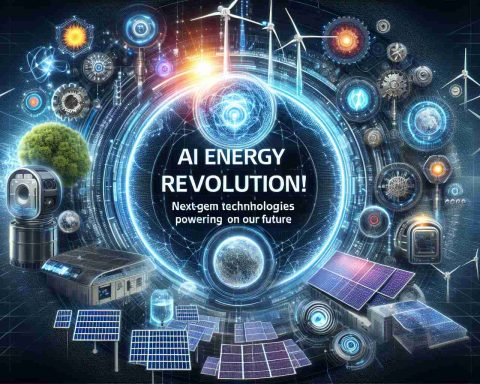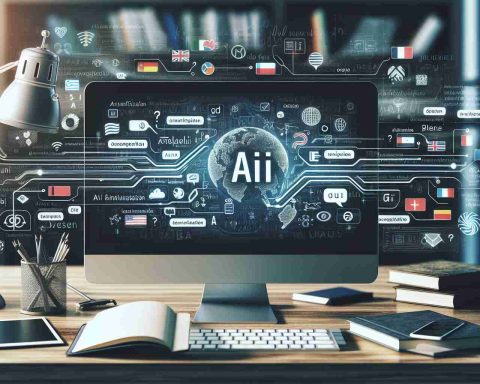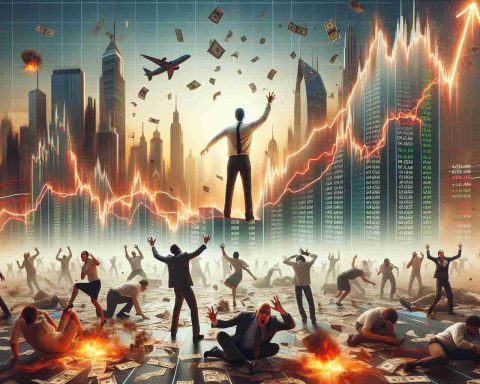Artificial Intelligence (AI) might seem like a cutting-edge marvel of modern technology, but its roots stretch back to the mid-20th century. So, who do we credit with the creation of AI?
The journey of AI began in the 1950s, and the term “artificial intelligence” was coined in 1956 by a computer scientist named John McCarthy. McCarthy, often referred to as the “father of AI,” envisioned machines that could simulate all aspects of human intelligence. He organized the Dartmouth Conference, which is considered the official birthplace of AI as a field. During this event, McCarthy, along with visionaries like Marvin Minsky, Nathaniel Rochester, and Claude Shannon, laid the foundational concepts that would steer the future of AI research.
While McCarthy’s contribution is critical, the progress of AI is the result of numerous pioneering minds. Figures such as Alan Turing, who introduced the concept of a machine that could simulate any human logical process, and Norbert Wiener, a pioneer in cybernetics, were essential in shaping the conceptual groundwork of AI. Their work pushed boundaries and inspired subsequent developments.
Furthermore, AI’s evolution owes much to advances in computational power and the development of machine learning algorithms. The relentless contribution of countless scientists and engineers who improved upon early models turned AI from a conceptual idea into reality.
In essence, while McCarthy is often recognized as a key founder of AI, it is vital to acknowledge the collective effort spanning decades that propelled AI from its nascent ideas to the sophisticated systems we interact with today.
The Hidden Impact of Artificial Intelligence: Beyond the Founders
The fascinating world of Artificial Intelligence (AI) extends far beyond its origins, influencing aspects of everyday life in surprising ways. While John McCarthy rightfully sits in the spotlight as the “father of AI,” the broader narrative encompasses countless unsung contributors whose work continually reshapes societies globally.
How does AI affect daily life and communities? AI is transforming industries from healthcare to finance. In healthcare, AI-powered diagnostics improve patient outcomes by swiftly analyzing complex datasets to detect diseases. Similarly, AI in finance aids in risk management and fraud detection, ensuring safer transactions and investments. These advancements allow societies to thrive by ensuring better healthcare and economic security.
Interesting Facts and Controversies: The implementation of AI raises ethical dilemmas. Facial recognition technology, for example, stirs controversy over privacy concerns and potential biases. Critics argue that without rigorous regulation, AI could perpetuate existing inequalities. Moreover, the rapid pace of AI development often outstrips the legal systems meant to govern it.
Who benefits from AI? Countries leading in AI technology often reap significant economic benefits, showing reduced labor costs and increased productivity. However, this introduces the debate: does AI exacerbate global inequality by concentrating technological advantages in economically powerful nations?
AI’s potential to improve lives is boundless, but so are the challenges it poses. As communities worldwide navigate these complexities, it becomes vital to engage in informed discussions about the ethical use and equitable distribution of AI technology.
For more on the fascinating journey of AI, visit IBM or explore pioneers like The Alan Turing Institute.

















